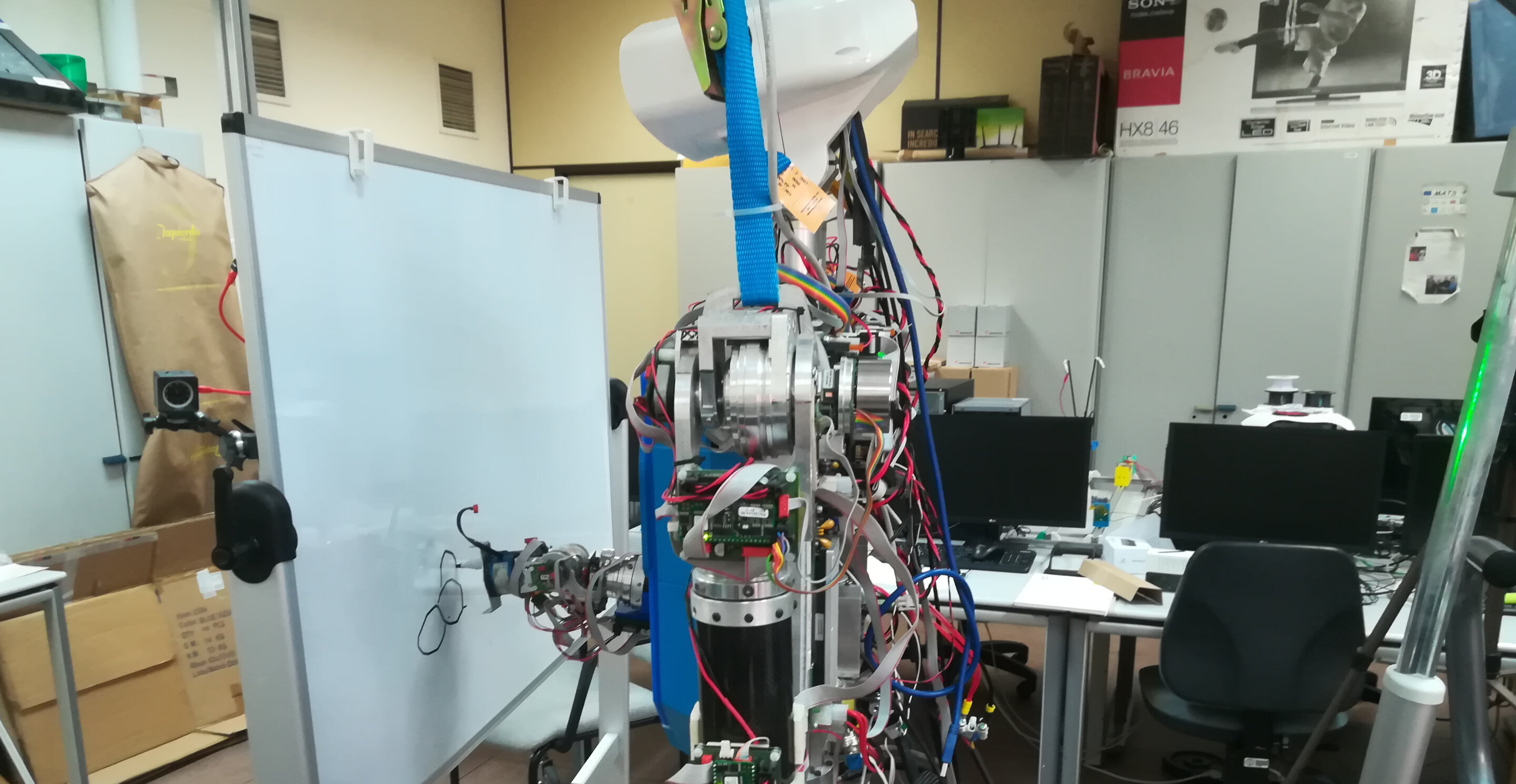
The rapid advancement of deep learning algorithms and generative models has enabled the automated production of increasingly striking AI-generated artistic content. Most of this AI-generated art, however, is created by algorithms and computational models, rather than by physical robots.
Researchers at Universidad Complutense de Madrid (UCM) and Universidad Carlos III de Madrid (UC3M) recently developed a deep learning-based model that allows a humanoid robot to sketch pictures, similarly to how a human artist would. Their paper, published in Cognitive Systems Research, offers a remarkable demonstration of how robots could actively engage in creative processes.
“Our idea was to propose a robot application that could attract the scientific community and the general public,” Raúl Fernandez-Fernandez, co-author of the paper, told Tech Xplore. “We thought about a task that could be shocking to see a robot performing, and that was how the concept of doing art with a humanoid robot came to us.”
Most existing robotic systems designed to produce sketches or paintings essentially work like printers, reproducing images that were previously generated by an algorithm. Fernandez-Fernandez and his colleagues, on the other hand, wished to create a robot that leverages deep reinforcement learning techniques to create sketches stroke by stroke, similar to how humans would draw them.
“The goal of our study was not to make a painting robot application that could generate complex paintings, but rather to create a robust physical robot painter,” Fernandez-Fernandez said. “We wanted to improve on the robot control stage of painting robot applications.”
In the past few years, Fernandez-Fernandez and his colleagues have been trying to devise advanced and efficient algorithms to plan the actions of creative robots. Their new paper builds on these recent research efforts, combining approaches that they found to be particularly promising.
“This work was inspired from two key previous works,” Fernandez-Fernandez said. “The first of these is one of our previous research efforts, where we explored the potential of the Quick Draw! Dataset works for training robotic painters. The second work introduced Deep-Q-Learning as a way to perform complex trajectories that could include complex features like emotions.”
The new robotic sketching system presented by the researchers is based on a Deep-Q-Learning framework first introduced in a previous paper by Zhou and colleagues posted to arXiv. Fernandez-Fernandez and his colleagues improved this framework to carefully plan the actions of robots, allowing them to complete complex manual tasks in a wide range of environments.
“The neural network is divided in three parts that can be seen as three different networks interconnected,” Fernandez-Fernandez explained. “The global network extracts the high-level features of the full canvas. The local network extracts low level features around the painting position. The output network takes as input the features extracted by the convolutional layers (from the global and local networks) to generate the next painting positions.” https://techxplore.com/news/2024-02-human-real-humanoid-robot.html









Recent Comments